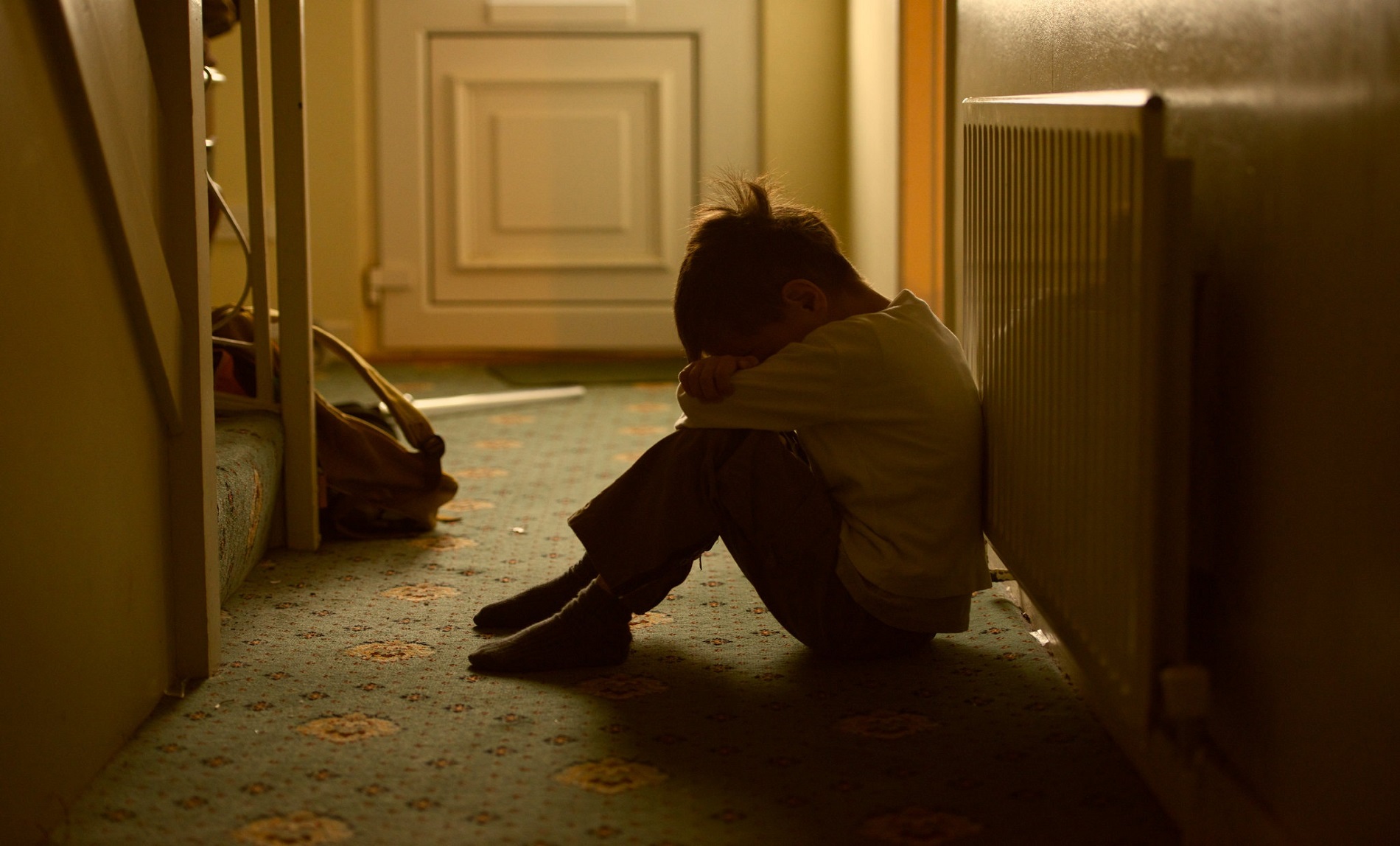This crisis has created conditions for a rise in violence that young victims will find difficult to escape.
Entire families are sheltering at home, often in close quarters. Anxiety about health, education and finances is high. Children aren’t seeing the teachers, counselors and other adults who would normally raise concerns about their well-being. The Covid-19 pandemic has created the conditions for a rise in child abuse that could go unchecked.
Already there are reports of a surge in suspected child abuse cases in Texas. We’ve seen this before during stressful times. During the 2008 recession, pediatricians reported a rise in infant injuries and deaths from abusive head trauma, a trend that lingered for years after the economy recovered.
When there is household dysfunction — domestic violence, parental substance abuse or a mental disorder — the risk of child abuse goes up, and there’s reason to believe all of these things will increase during this pandemic. New York is seeing an uptick in domestic violence. Suicide hotline calls are up around the country. For as long as we’re confined to our homes, many parents who are struggling with these issues will no longer have any reprieve from the hard work of keeping children fed, entertained and educated.
Children could be at risk for sexual violence in particular. An estimated one in four girls are sexually abused by age 18, and the abuse is typically perpetrated by a family member in the child’s home. Too often, children disclose the abuse to their mothers but the perpetrator remains in the home because he is the primary breadwinner. I worry that our current reality — the lack of opportunities to seek refuge outside the home combined with the difficulty of finding new living arrangements when money is tight — makes it even less likely that young victims will be able to escape their abusers.
Typically, the watchful eyes of teachers, guidance counselors and day care providers serve as lifelines for vulnerable children. Educators are the primary source of reports (20 percent) to child protective services nationwide. A teacher might see slap marks on a student’s face and make a report to authorities when the child, afraid of being taken away from his or her parents, provides inconsistent explanations for the injuries. A guidance counselor might meet with a teenager who is showing signs of depression and learn that the student’s stepfather is sexually abusing him.
As a child abuse pediatrician, I typically see more cases in the fall because abuse that occurs during the summer often goes undetected. I expect that when this period of social distancing comes to an end, I’ll see a similar surge.
Recovered from www.nytimes.com

